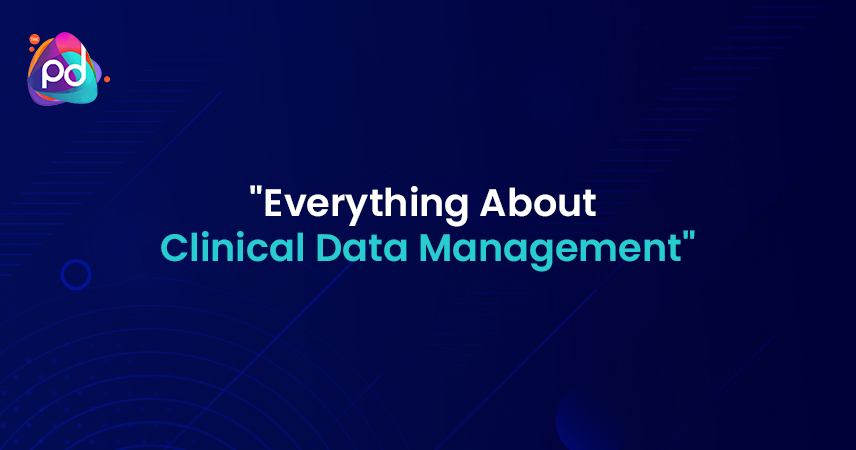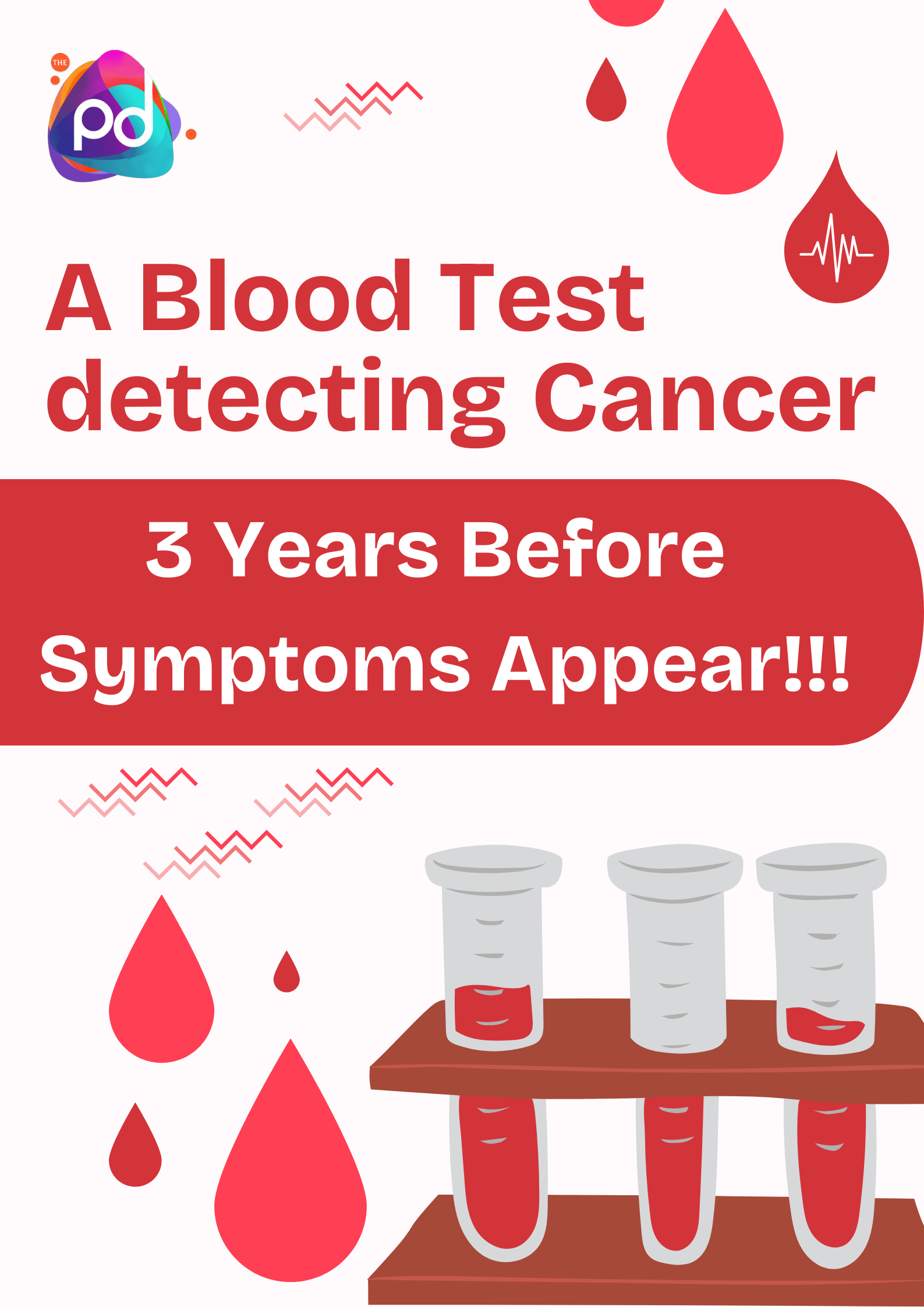World Hepatitis Day 2025 – Let’s Break It Down
- Introduction
-
What is the role of clinical data management?
-
What are the phases of clinical data management?
-
What is the first step in clinical data management?
-
What qualification is required for clinical data management?
-
What software is used in CDM?
Introduction
Clinical data management (CDM) is the process of collecting, cleaning, organizing, and managing data obtained during clinical trials and studies. It involves the systematic and standardized collection, storage, analysis, and reporting of data to ensure accuracy, integrity, and confidentiality.
CDM plays a crucial role in clinical research and drug development, as it helps maintain data quality and reliability, ensures regulatory compliance, and facilitates data analysis for decision-making and reporting purposes. The primary objectives of clinical data management include:
-
Data Collection: CDM involves designing and implementing data collection tools, such as case report forms (CRFs) or electronic data capture (EDC) systems, to capture relevant data during the clinical trial or study. This may include information about patients' demographics, medical history, treatments received, and any adverse events experienced.
-
Data Cleaning and Validation: CDM involves thorough review and cleaning of collected data to identify and resolve any inconsistencies, errors, or missing information. Validation procedures are applied to ensure data accuracy, completeness, and compliance with predefined quality standards and regulatory requirements.
-
Database Design and Development: CDM includes designing and setting up a database infrastructure to store the collected data securely. This involves defining the data structure, creating data entry screens or forms, and establishing data dictionaries or coding systems to ensure standardized data entry.
-
Data Entry and Quality Control: CDM professionals are responsible for accurately entering the collected data into the database, performing quality control checks to identify discrepancies or anomalies, and resolving any data-related issues or queries.
-
Data Analysis and Reporting: CDM facilitates the extraction, transformation, and analysis of data to generate meaningful insights and reports. It involves statistical analysis, data visualization, and generating tables, listings, and figures (TLFs) that provide a comprehensive summary of the trial or study results.
-
Data Security and Confidentiality: CDM professionals adhere to strict protocols to ensure data security and maintain the confidentiality of patient information. This includes implementing data encryption, access controls, and privacy measures to protect sensitive data.
Throughout the entire clinical trial or study lifecycle, CDM professionals work closely with researchers, investigators, statisticians, and regulatory authorities to ensure the integrity, accuracy, and traceability of clinical data. They follow standardized guidelines and industry best practices, such as those provided by the International Council for Harmonisation of Technical Requirements for Pharmaceuticals for Human Use (ICH), to ensure high-quality and reliable data management.
What is the role of clinical data management?
The role of clinical data management (CDM) is critical in the process of conducting clinical trials and studies. CDM professionals are responsible for managing and overseeing the data collected during these trials, ensuring its quality, accuracy, and integrity. Here are some key roles and responsibilities of clinical data management:
-
Study Design and Protocol Development: CDM professionals contribute to the development of the study design and protocol by providing input on data collection methods, data management procedures, and data quality considerations. They collaborate with other stakeholders, such as researchers and statisticians, to ensure that the study objectives can be met through proper data management practices.
-
Database Development and Maintenance: CDM professionals are involved in the design, development, and maintenance of the database infrastructure used to store and manage clinical trial data. This includes defining the data structure, creating data entry forms or screens, implementing data validation checks, and ensuring data security measures are in place.
-
Case Report Form (CRF) Development: CDM professionals contribute to the design and development of case report forms, which are used to collect data during the clinical trial. They ensure that the CRFs capture all necessary information required for analysis and regulatory reporting, and that the data is entered in a consistent and standardized manner.
-
Data Collection and Entry: CDM professionals oversee the collection and entry of data into the designated databases. They may develop data entry guidelines, provide training to site personnel on data collection procedures, and perform quality checks to ensure the accuracy, completeness, and consistency of the entered data.
-
Data Cleaning and Quality Control: CDM professionals are responsible for reviewing and cleaning the collected data to identify any inconsistencies, errors, or missing information. They conduct data quality control checks to ensure that the data meets pre-defined quality standards and regulatory requirements.
-
Data Validation and Query Management: CDM professionals perform data validation activities to verify the accuracy and integrity of the data. They identify data discrepancies or anomalies and raise queries to the appropriate stakeholders for resolution. They manage the query process, ensuring timely resolution and documentation of query responses.
-
Data Analysis and Reporting: CDM professionals contribute to the data analysis process by preparing the data for statistical analysis and generating study-specific reports. They collaborate with statisticians to develop analysis plans and assist in generating tables, listings, and figures that summarize the trial results.
-
Compliance and Regulatory Requirements: CDM professionals ensure that all data management activities comply with regulatory guidelines and standards. They maintain documentation and audit trails to demonstrate data integrity and traceability.
What are the phases of clinical data management?
Clinical data management (CDM) typically follows several phases throughout the lifecycle of a clinical trial or study. The specific phases may vary depending on the organization or study design, but generally, the following phases are involved in CDM:
-
Study Startup Phase: This phase involves the initial planning and setup of the clinical trial. CDM activities during this phase include designing the database and data capture tools, developing data management plans, creating data validation rules, and defining data standards and coding systems.
-
Data Collection Phase: Once the trial is initiated, data collection begins according to the study protocol. CDM professionals oversee the collection of data using case report forms (CRFs) or electronic data capture (EDC) systems. They ensure that data is captured accurately, consistently, and in compliance with the protocol and regulatory requirements.
-
Data Entry and Cleaning Phase: In this phase, the collected data is entered into the designated database or EDC system. CDM professionals perform data cleaning activities to identify and resolve any discrepancies, errors, or missing information. Data validation checks and quality control measures are applied to ensure data accuracy and integrity.
-
Database Lock Phase: Once data entry and cleaning are completed, the database is locked to prevent further modifications. This phase signifies the end of data collection and allows for data analysis to commence. After the database is locked, no further changes can be made to the data unless there are exceptional circumstances or predefined processes for data amendments.
-
Data Analysis and Reporting Phase: During this phase, CDM professionals work closely with statisticians and researchers to analyze the collected data. They assist in preparing the data for statistical analysis, generate tables, listings, and figures (TLFs), and contribute to the interpretation and reporting of study results. Data validation and quality control checks may continue during this phase to ensure the integrity of the analyzed data.
-
Study Closeout Phase: In the final phase, the study is concluded, and CDM activities focus on study closeout procedures. This includes archiving the study database, ensuring data retention and compliance with regulatory requirements, preparing documentation for regulatory submissions or audits, and completing any necessary study closure reports.
Throughout these phases, CDM professionals also ensure compliance with applicable regulatory guidelines, industry standards, and good clinical practice (GCP) principles. They collaborate with various stakeholders, such as researchers, statisticians, clinical monitors, and regulatory authorities, to ensure the accuracy, integrity, and traceability of clinical trial data.
What is the first step in clinical data management?
The first step in clinical data management (CDM) is typically the development of a comprehensive Data Management Plan (DMP). The DMP serves as a roadmap for the data management activities throughout the entire clinical trial or study. It outlines the strategies, procedures, and standards to be followed for data collection, processing, validation, and reporting. The development of the DMP is crucial as it provides guidance and ensures consistency in data management practices. The following components are typically included in a DMP:
-
Study Overview: The DMP begins with an overview of the clinical trial or study, including its objectives, design, duration, and number of participants. It provides context and background information to understand the data management requirements.
-
Data Collection: This section describes the data collection methods to be used, such as case report forms (CRFs), electronic data capture (EDC), or other data collection tools. It specifies the variables to be collected, the data dictionary or coding systems to be utilized, and any specific instructions for data entry.
-
Data Entry and Validation: The DMP outlines the data entry process, including who will perform data entry, how it will be done (manual or electronic), and any data validation checks to be applied. It defines the edit checks, range checks, and consistency checks to be implemented to ensure data accuracy and completeness.
-
Data Cleaning and Quality Control: This section describes the procedures and guidelines for data cleaning and quality control. It outlines how discrepancies, errors, and missing data will be identified and resolved. It may include guidelines for query management, query resolution timelines, and documentation of data cleaning activities.
-
Data Security and Confidentiality: The DMP addresses data security and confidentiality measures to protect participant privacy and comply with regulatory requirements. It defines the access controls, data encryption methods, and other security measures to be implemented to safeguard the data.
-
Data Reporting and Analysis: This section outlines the processes for data analysis and reporting. It includes details on statistical analysis plans, generation of tables, listings, and figures (TLFs), and any specific reporting requirements for regulatory submissions or publications.
-
Data Management Timeline: The DMP includes a timeline or schedule that outlines the key data management activities and their respective timelines. It ensures that data management tasks are properly sequenced and align with the overall study timeline.
-
Roles and Responsibilities: The DMP defines the roles and responsibilities of the individuals involved in data management, including data managers, database administrators, data entry personnel, and other stakeholders. It clarifies who is responsible for each aspect of data management.
The development of a DMP requires collaboration between the data management team, study investigators, statisticians, and other relevant stakeholders. It sets the foundation for effective and standardized data management practices throughout the clinical trial or study.
What qualification is required for clinical data management?
A career in clinical data management (CDM) typically requires a combination of educational qualifications and relevant experience. While specific requirements may vary depending on the organization and role, here are some common qualifications and skills desired for a career in CDM:
-
Education: A bachelor's or master's degree in a relevant field is often preferred. Common degrees include life sciences, pharmacy, nursing, computer science, statistics, or a related discipline. Some universities also offer specialized programs or certifications in clinical research or data management.
-
Knowledge of Clinical Research: A strong understanding of clinical research processes, including Good Clinical Practice (GCP) guidelines, regulatory requirements (such as FDA or EMA regulations), and ethical considerations is essential. Familiarity with clinical trial protocols, study designs, and data collection methods is also important.
-
Data Management Skills: Proficiency in data management concepts and techniques is crucial. This includes knowledge of database systems, data cleaning and validation processes, data standards, and coding systems (such as MedDRA or WHODrug). Familiarity with electronic data capture (EDC) systems and data management software is beneficial.
-
IT and Computer Skills: Proficiency in computer skills, including the use of database management systems, spreadsheet software (e.g., Microsoft Excel), and statistical software (e.g., SAS, R), is important. Understanding data transfer and integration processes, as well as data security and privacy measures, is also valuable.
-
Attention to Detail and Accuracy: CDM requires meticulous attention to detail to ensure accurate and reliable data management. Strong organizational and analytical skills are necessary to handle large datasets, identify data discrepancies, and resolve data-related issues.
-
Communication and Collaboration: Effective communication skills are essential for collaborating with various stakeholders, including researchers, statisticians, investigators, and regulatory authorities. CDM professionals should be able to clearly communicate data management requirements, resolve queries, and present findings to diverse audiences.
-
Regulatory Knowledge: Familiarity with relevant regulatory guidelines and standards governing clinical data management is important. This includes understanding regulations like ICH-GCP, 21 CFR Part 11, and data privacy regulations (such as GDPR) to ensure compliance during data management activities.
-
Problem-Solving Abilities: CDM professionals should have strong problem-solving and critical-thinking skills to identify and address data-related challenges that may arise during a clinical trial or study. The ability to troubleshoot issues, adapt to changing requirements, and make sound decisions is valuable.
In addition to the above qualifications, gaining practical experience through internships, research projects, or working in a CDM role can be advantageous. Professional certifications, such as the Certified Clinical Data Manager (CCDM) offered by the Society for Clinical Data Management (SCDM), can also enhance career prospects and demonstrate expertise in the field.
What software is used in CDM?
Clinical data management (CDM) involves the use of various software tools and systems to facilitate data collection, processing, analysis, and reporting. Here are some commonly used software in CDM:
-
Electronic Data Capture (EDC) Systems: EDC systems are widely used in clinical trials to capture and manage data electronically. These systems provide a user-friendly interface for data entry, data validation checks, query management, and electronic signature capabilities. Examples of popular EDC systems include Medidata Rave, Oracle Clinical, IBM Clinical Development, and OpenClinica.
-
Clinical Trial Management Systems (CTMS): CTMS software is used to manage and track the operational aspects of clinical trials, including study timelines, site monitoring, participant enrollment, and study budgeting. CTMS systems may also include modules for data management functionalities. Common CTMS software includes Medidata CTMS, Forte Research Systems, and OpenClinica CTMS.
-
Statistical Analysis Software: Statistical analysis software is essential for analyzing and interpreting clinical trial data. These tools provide advanced statistical methods, data visualization, and reporting capabilities. Commonly used statistical analysis software include SAS (Statistical Analysis System), R, SPSS (Statistical Package for the Social Sciences), and STATA.
-
Clinical Data Management Systems (CDMS): CDMS software specifically caters to the needs of clinical data management, offering functionalities for data collection, cleaning, validation, and database management. These systems often integrate with EDC systems to provide end-to-end data management capabilities. Examples of CDMS software include Medidata Balance, IBM Clinical Development, and Oracle Clinical.
-
Data Cleaning and Query Management Tools: Data cleaning and query management tools assist in identifying data discrepancies and managing queries. These tools help streamline the data cleaning process and facilitate efficient communication between data management personnel and clinical sites. Examples include JReview, Inform, and DataFax.
-
Database Management Systems: Database management systems (DBMS) are used to store, organize, and retrieve clinical trial data. These systems ensure data security, integrity, and efficient data querying. Common DBMS used in CDM include Oracle Database, Microsoft SQL Server, and MySQL.
-
Reporting and Visualization Tools: Reporting and visualization tools help in generating tables, listings, and figures (TLFs) for study results and regulatory submissions. These tools enable data visualization, ad-hoc querying, and customizable reporting. Examples include Spotfire, Tableau, and Microsoft Power BI.
It's important to note that the specific software used may vary depending on the organization, study requirements, and industry practices. Additionally, the software landscape in CDM is continually evolving with the introduction of new tools and technologies, so it's essential to stay updated on emerging software trends in the field.












